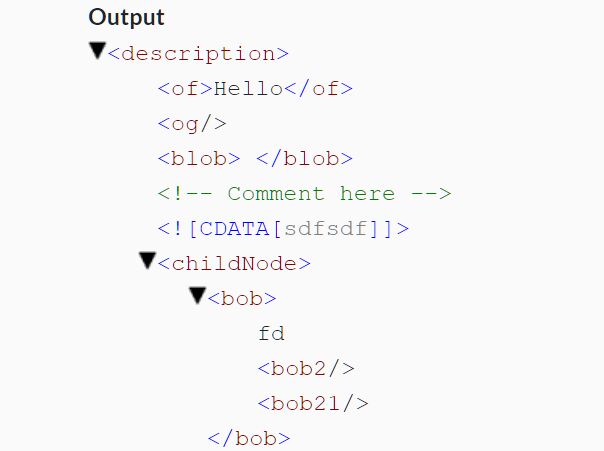

XML is often used to store and transport data between different systems, and it can also be used to create data feeds for web-based applications. It uses a tree-like structure of tags to describe the data and its relationships.

XML is a markup language, similar to HTML, that is designed for storing and transporting data. XML (eXtensible Markup Language) and JSON (JavaScript Object Notation) are both widely used formats for storing and transporting data, but they have some key differences. It is worth noting that XML is a markup language, not a programming language, it describes the structure of data, but it doesn't have any logic to process the data. It's also used in combination with XSLT (eXtensible Stylesheet Language Transformations) to create web pages. XML is commonly used to store and transport data between different systems or to create data feeds for web-based applications. This allows for the creation of custom tags and attributes to describe the data in a way that makes sense for the specific application. However, unlike HTML, the tags used in XML are not predefined, and can be created by the user. The data is surrounded by tags, which are similar to the tags used in HTML. XML documents are text files that contain both the data and the rules for how the data should be displayed. It's also platform-independent and can be used by any application or system that can read XML files. It allows you to create your own tags and attributes, which can be used to describe the data in a way that makes sense for your specific use case. XML is a flexible, self-describing format that can be used to store and organize any kind of data. It is a markup language that allows to define custom tags and attributes, and to create structured data. XML (eXtensible Markup Language) is a markup language that is similar to HTML, but is designed for storing and transporting data rather than for creating web pages.


 0 kommentar(er)
0 kommentar(er)
